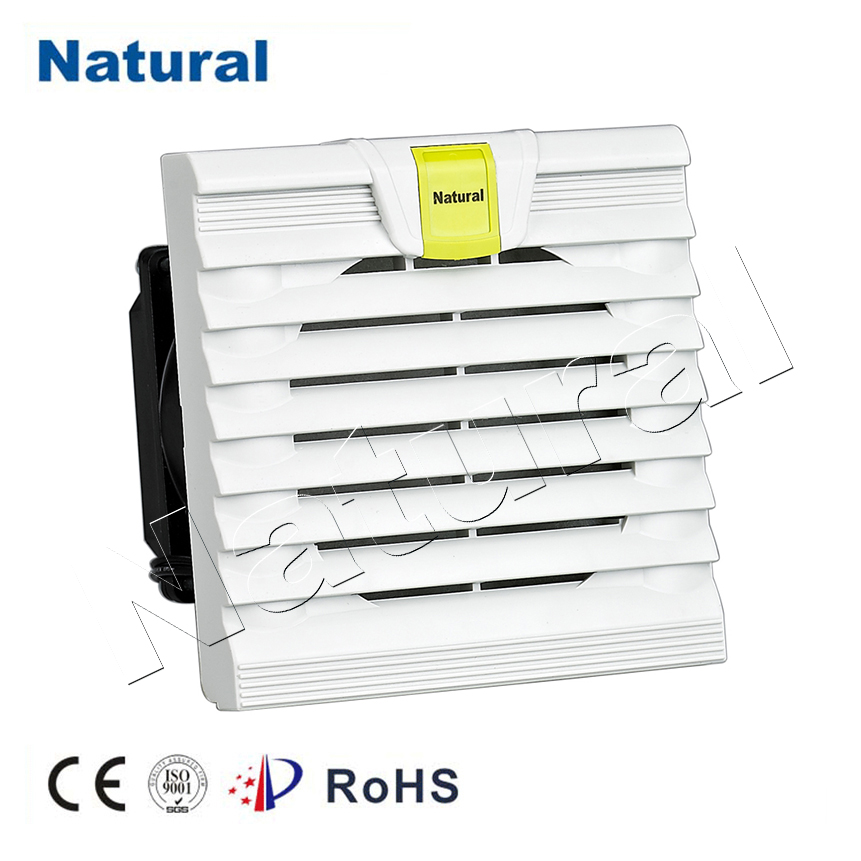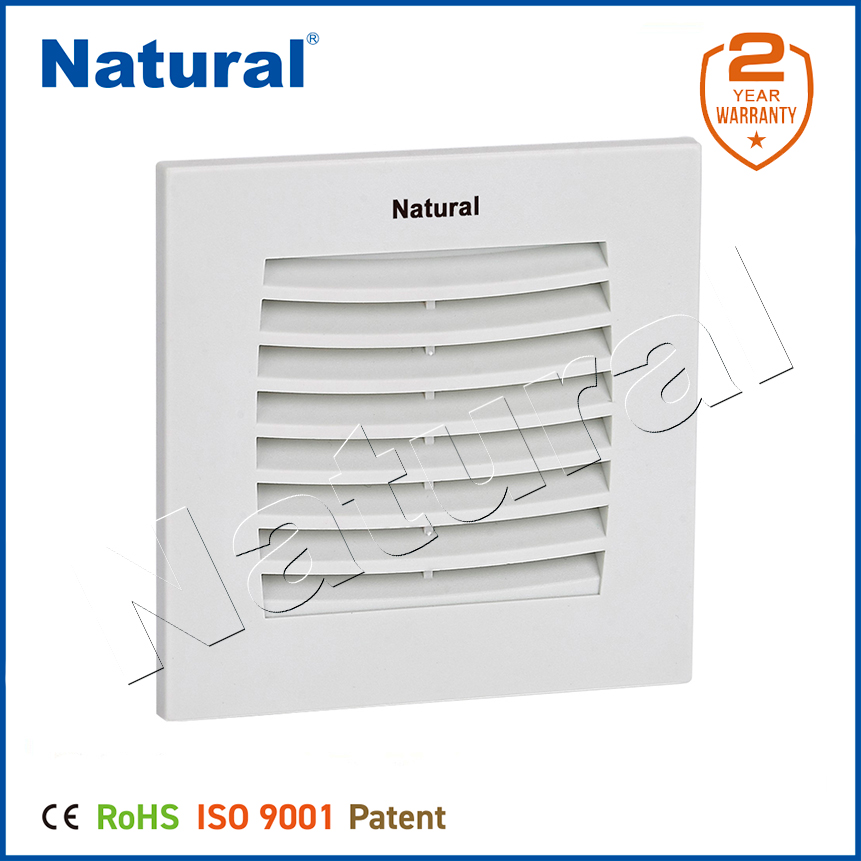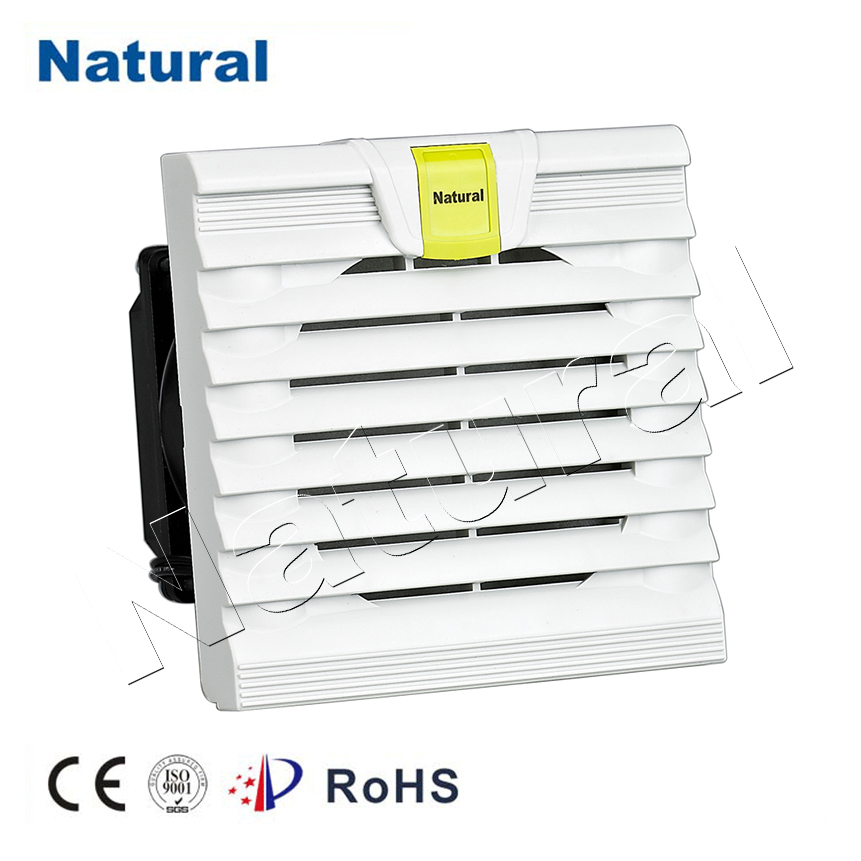In today’s world, maintaining a clean and healthy indoor environment has become increasingly important. One effective way to achieve this is through the use of cabinet filters. These filters are designed to improve air quality by removing pollutants and allergens from the air, making them an essential component in various settings, including homes, offices, and industrial environments. This article delves into the significance, types, applications, and maintenance of cabinet filters.

What is a Cabinet Filter?

A cabinet filter is a specialized air filtration device typically installed within cabinets or enclosures, designed to purify air by trapping particles such as dust, pollen, smoke, and other contaminants. These filters can vary in size, shape, and filtration efficiency, depending on their intended application. They work by employing different filtration technologies, including HEPA (High-Efficiency Particulate Air) filters, activated carbon filters, and electrostatic precipitators, to capture a wide range of airborne pollutants. Importance of Cabinet Filters The importance of cabinet filters cannot be overstated. Poor air quality can lead to various health issues, including respiratory problems, allergies, and other chronic conditions. By effectively removing harmful particles from the air, cabinet filters contribute significantly to creating a healthier living and working environment. In industrial settings, they also play a crucial role in protecting equipment and machinery from dust accumulation, which can lead to inefficiencies and increased maintenance costs.

Leave a Reply